All Things Considered on NPR ran a fine series on how we interpret probability and uncertainty. It came in five bits (plus one follow-up), each five to ten minutes long. They explore explanations of risk in different areas such as national security, health, and the daily weather and how people interpret the numbers and words.
A recurring theme was experts who use alternative descriptions for the seemingly concrete numbers.
Doctors, including Leigh Simmons, typically prefer words. Simmons is an internist and part of a group practice that provides primary care at Mass General. “As doctors we tend to often use words like, ‘very small risk,’ ‘very unlikely,’ ‘very rare,’ ‘very likely,’ ‘high risk,’ ” she says.
Not that words always makes understanding numeric probability easier. From the social scientist for the National Weather Service:
And it’s not just a numbers game — words used to describe weather can be just as confusing. Take “watch” and “warning,” for example.
“‘Watch’ means that conditions are ripe for something to happen. ‘Warning’ means that it is happening — it is imminent,” Brown says. “It’s easy to get them confused.”
Both the doctor and the social scientist agree that a combination of numbers, words, and a visual explanation could be the best route.
Some people think we should forgo trying to explain uncertainty to a general public that doesn’t understand, but the rejectors themselves don’t recognize the importance. Just because you don’t understand something doesn’t mean you should ignore it.
Listen to the full series. [via Dart-Throwing Chimp]

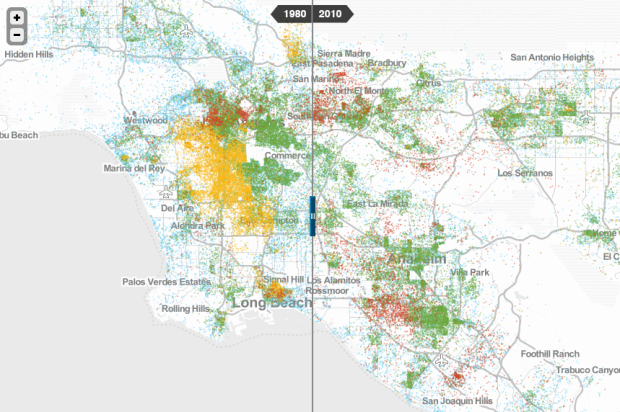
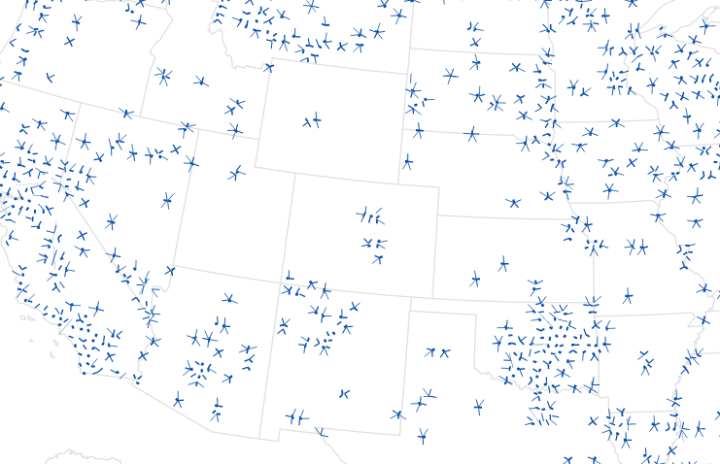
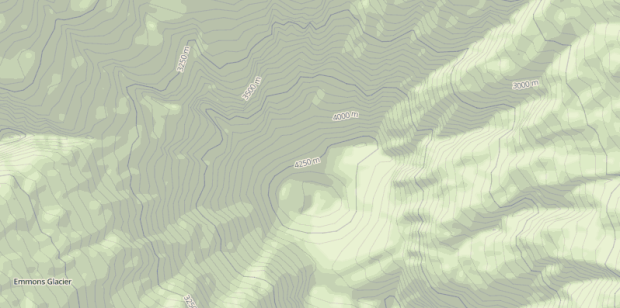
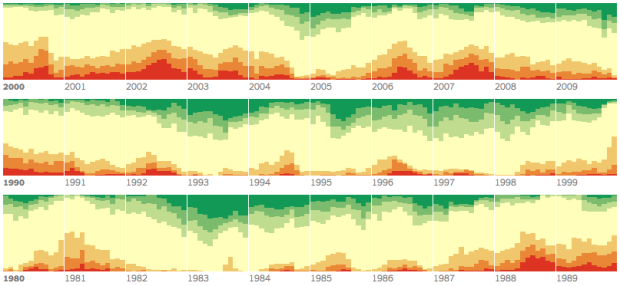
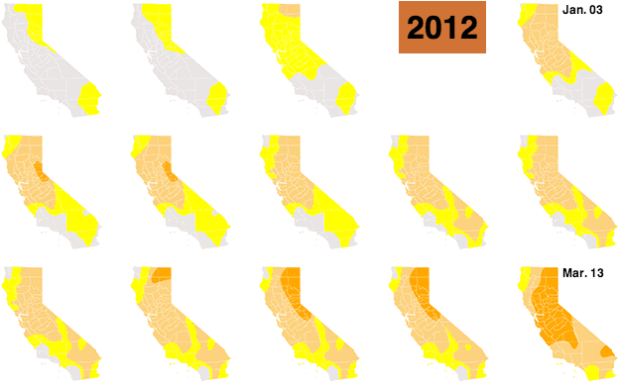

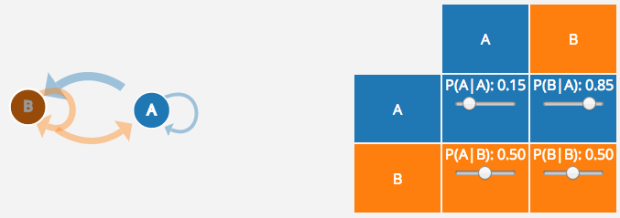
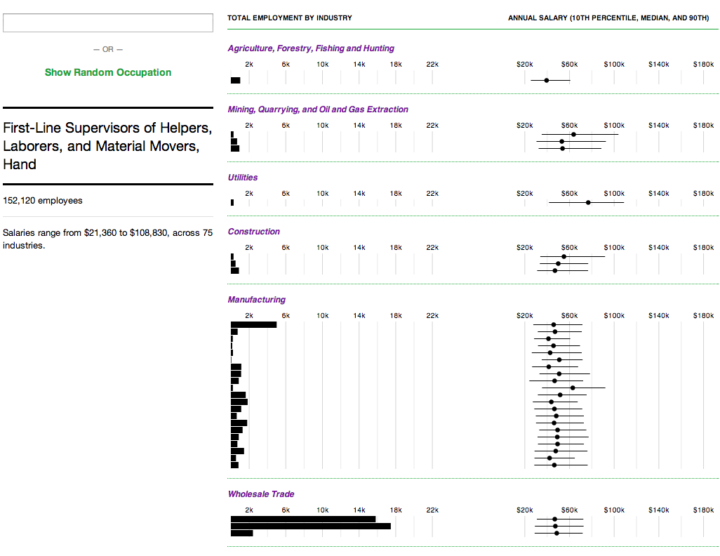
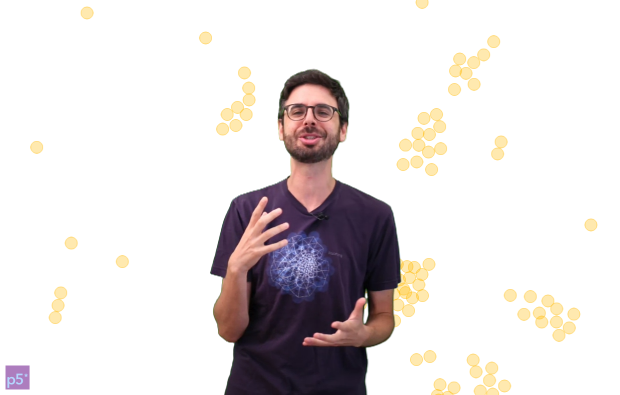

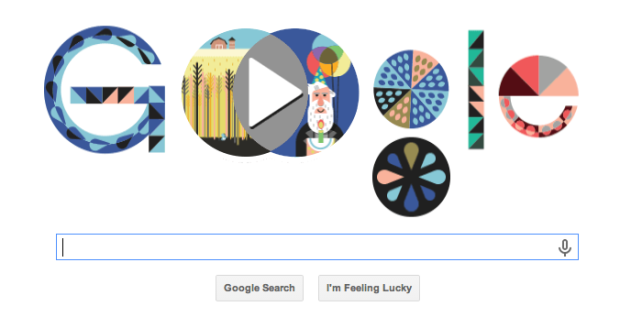
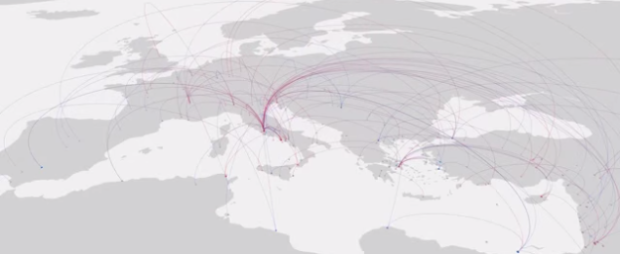
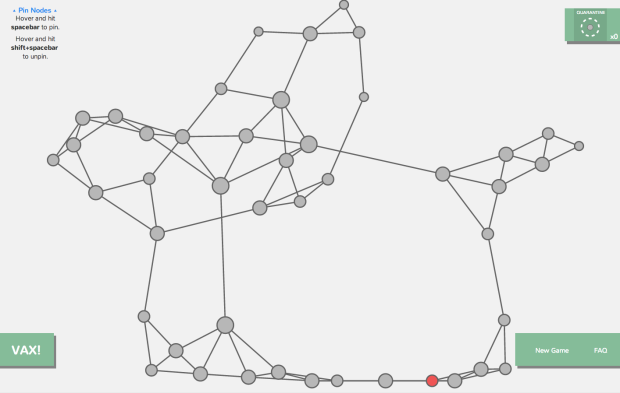

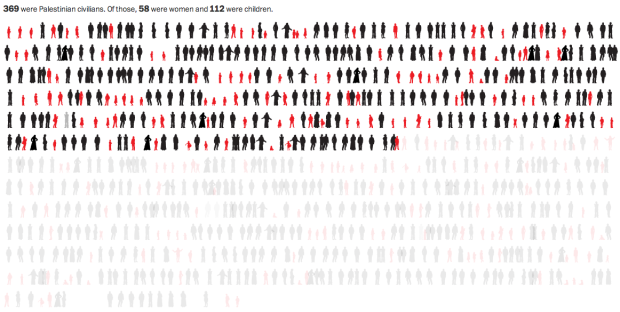









 Visualize This: The FlowingData Guide to Design, Visualization, and Statistics
Visualize This: The FlowingData Guide to Design, Visualization, and Statistics
